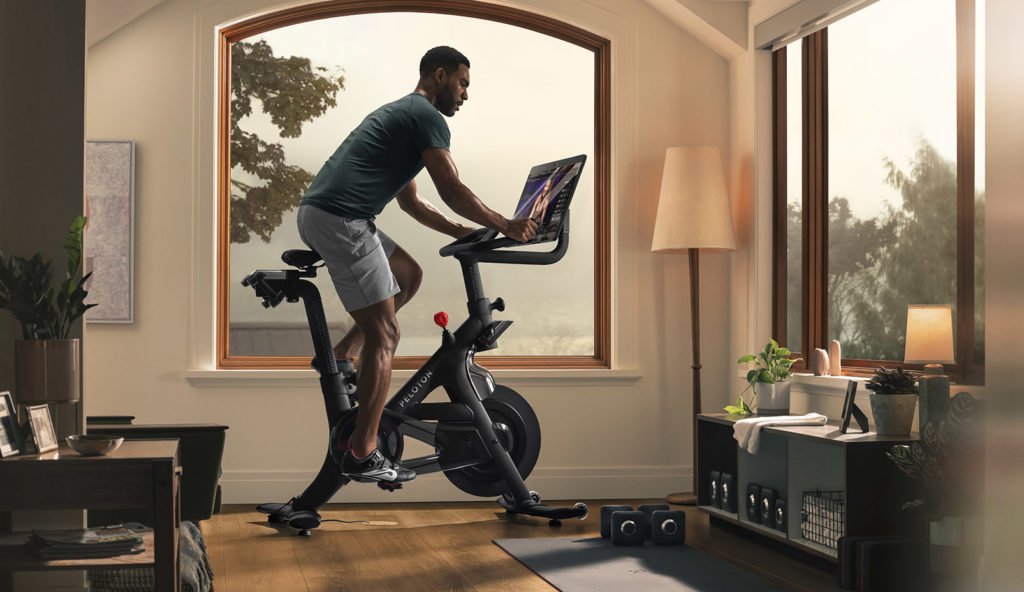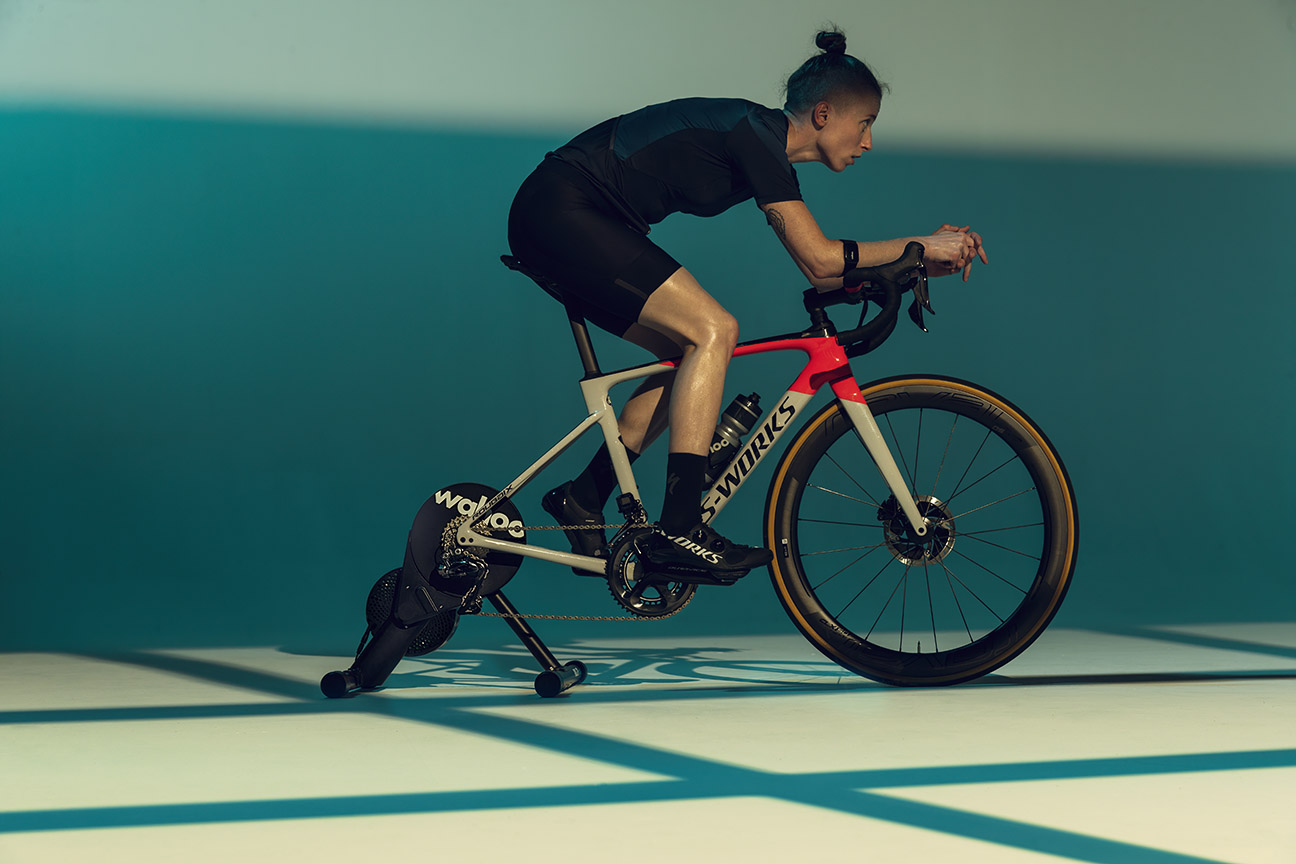The Art of Going Nowhere
As the indoor cycling season comes to an end, I thought now would be a good time to go over the options for indoor trainer systems and reflect on my own experiences. Indoor trainers can be broken down into four categories:
Wheel-on trainer

Wheel-off trainer

Wheel-on vs Wheel-off … Personally, I prefer the wheel-off trainer. It takes a little time to get set up, but since it is the off-season you should be leaving your bike on it for a few months. You won’t put any wear on your rear tire, which will happen with wheel-on or roller trainers, and you should have slightly more efficient power transmission from the pedals to the “ground” by driving the trainer more directly. A wheel-on trainer is a great option if you want something for rainy summer days or like to ride in the winter, otherwise I would stick with the wheel-off systems. Both of these systems let you use your current bike and maintain the feel/fit that you’re used to while riding outside.
Rollers

Another option, the roller system, is an interesting one. The general premise is that your bike sits on three cylinders; two holding the rear wheel at the front and back, and one at the front that your front wheel sits on top of. The trainer must be adjusted to each bike, so that it fits properly or your risk of falling off is very high. The bike itself is not attached to the roller system at all, and can freely move laterally on the rollers. The benefits of this system are that you never need to set it up, like the other systems, your bike has the ability to move and react to the forces of you pedaling (like it does on the road), and your front wheel spins (and affects the motion of the bike). The downsides are that you and the bike are unstable until you get enough speed in the wheels to be providing some gyroscopic stability, resistance is only adjustable when you aren’t using the system (I am not aware of a smart roller trainer…yet), and you can easily steer the bike to the edges and potentially off of the rollers (causing a crash). As scary as the rollers may look and sound, after a few minutes on them you get the hang of it and they become much less daunting. A roller trainer makes a great rainy day indoor system, but lacks the focused training options that other trainers provide.
Simulator (a.k.a. a stationary bike)

Lastly, we’ve got the simulator. Unlike the stationary bikes of old, many of these trainers are not only smart but include screens/speakers/bottle holders and anything else the designers deem necessary. If you’ve got the space, money (they’re all multiples in cost of any other option), and don’t mind neglecting your bike for the off-season they are a great option. There is one caveat: generally, they are closed-ecosystems so you have to use the training application included with the bike. If you go down the road on this type of trainer, make sure to look at the software-side of the platform before making a decision.
With the wheel-on, wheel-off, and simulators you’ll often have a choice between a smart or dumb system. Smart meaning that you can connect it to any number of applications on your phone/tablet/computer (assuming your device has the proper transmission protocols; generally, Bluetooth LE or occasionally, ANT+) and have the resistance of the trainer be linked to a training program or simulation of a real-world route. If you’re serious about training, a smart trainer is a must. The best feature these provide is the training programs available, such as Zwift, TrainerRoad, or many others. With these you can focus on any number of metrics for which you’d like to improve, such as: FTP, max power, specific events (Century, Time-trials, Triathlon, etc), endurance, and whole-season improvement plan. On the other hand, a dumb trainer is just a hop-on-and-go affair. While they can still provide a great benefit during the off-season, I fully believe that a smart trainer is the only way to go.
The system I use, a smart wheel-off trainer, is what I would recommend to anyone looking for their off-season set-up. Once you get your trainer, there are many accessories to choose from. Some are must haves and many aren’t worth it, but I’ll leave that for the next post. In the meantime….
Get organized and get out there!
Tony

